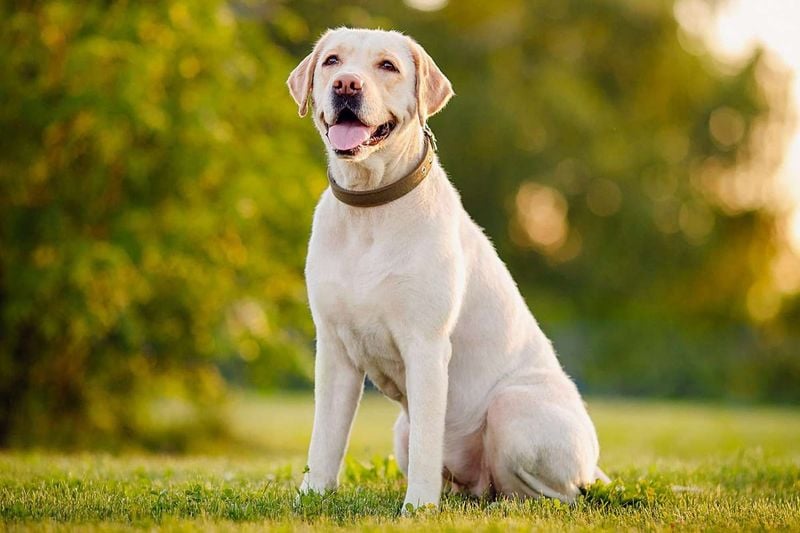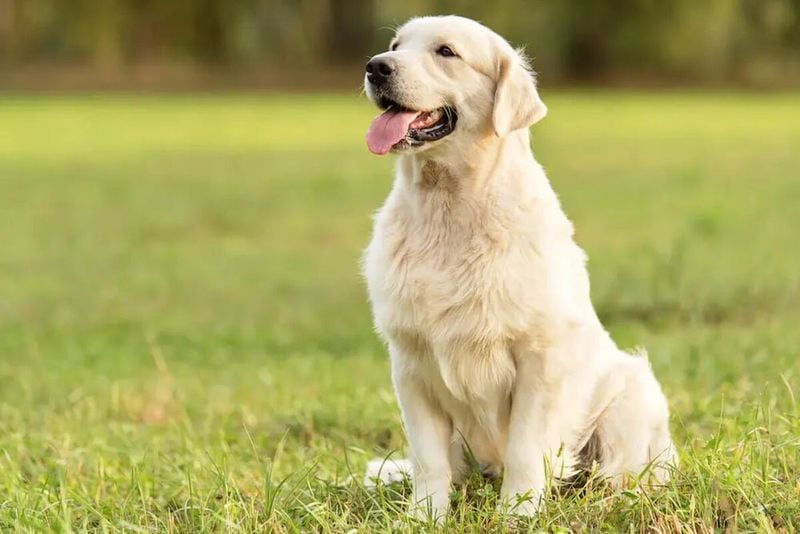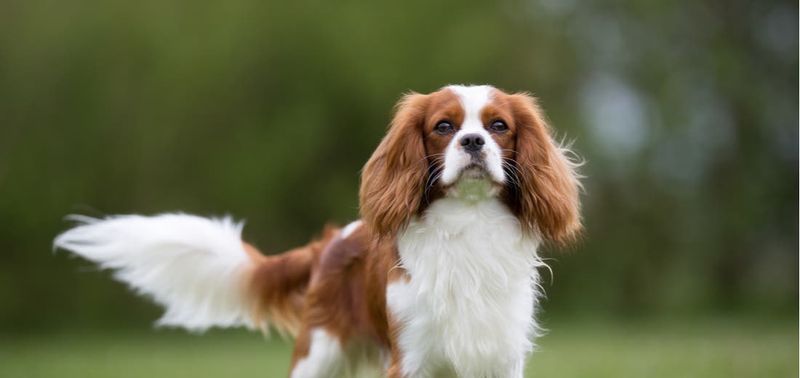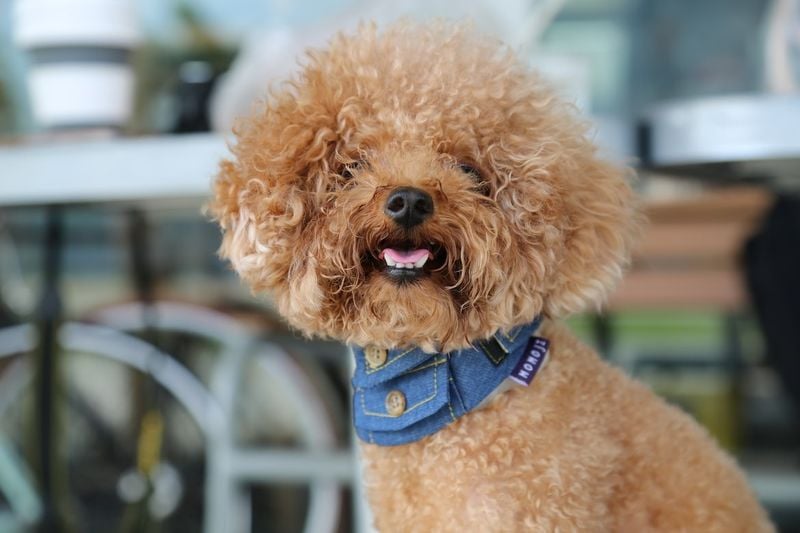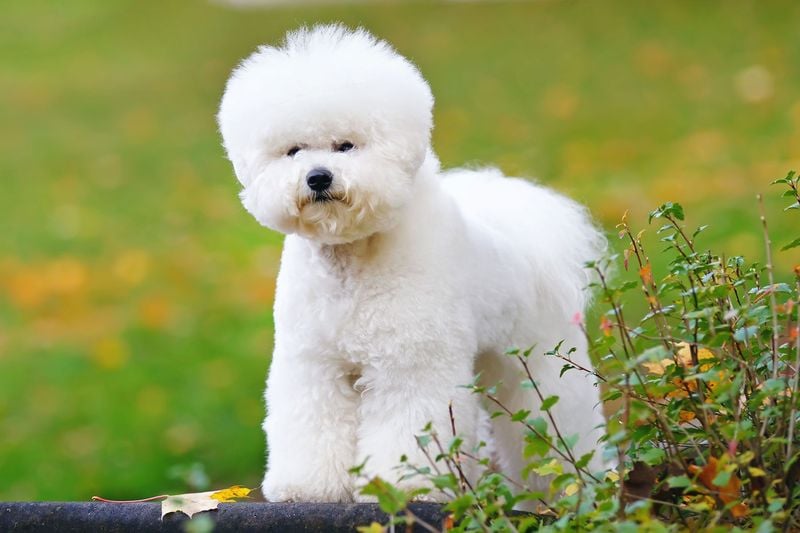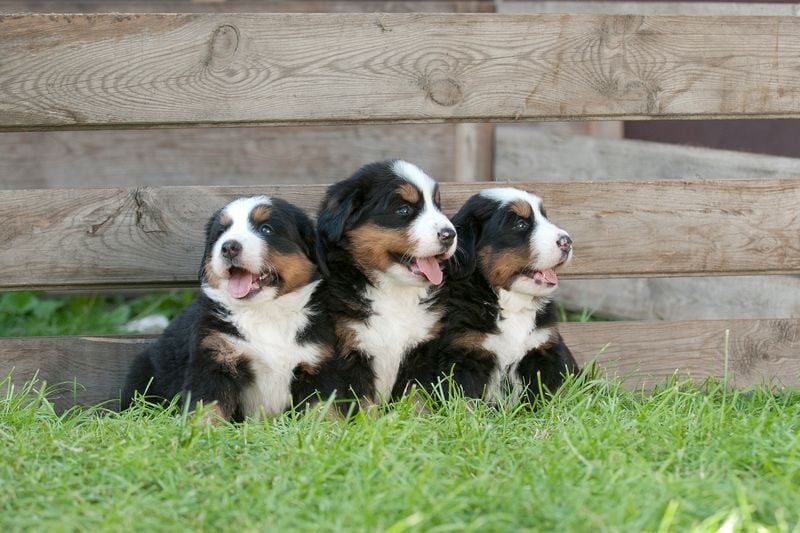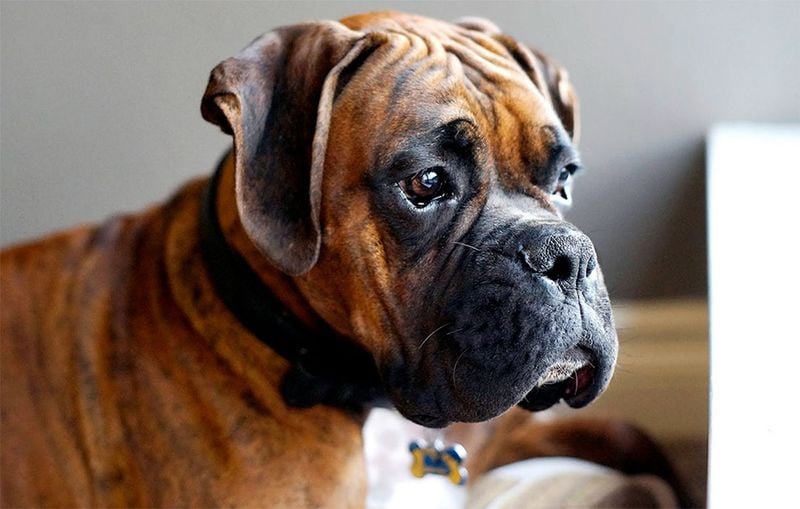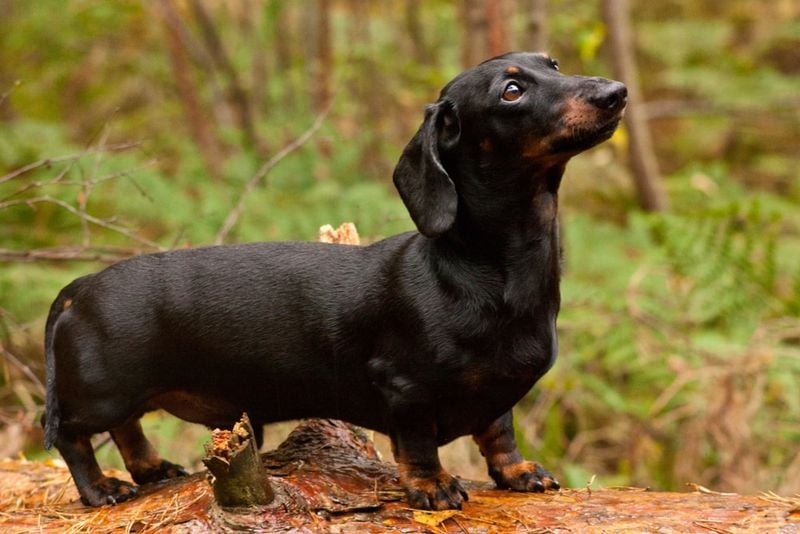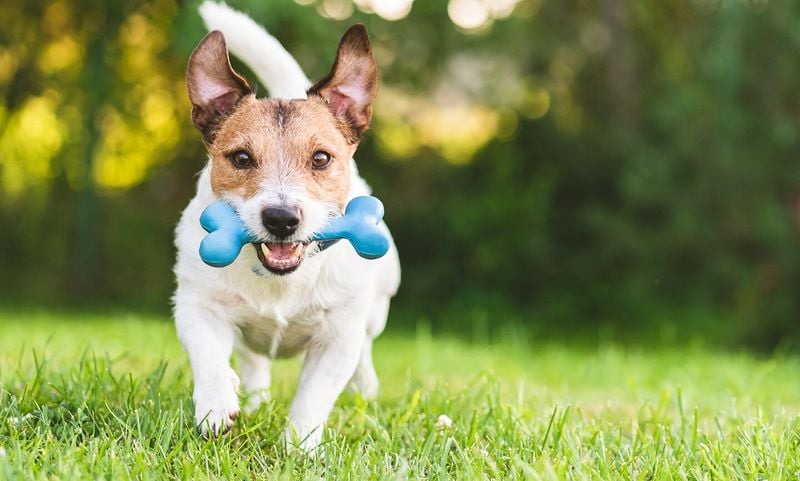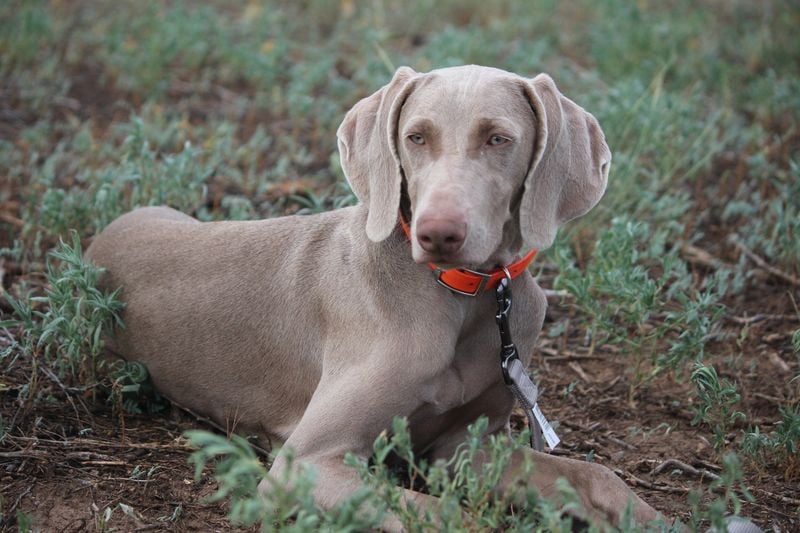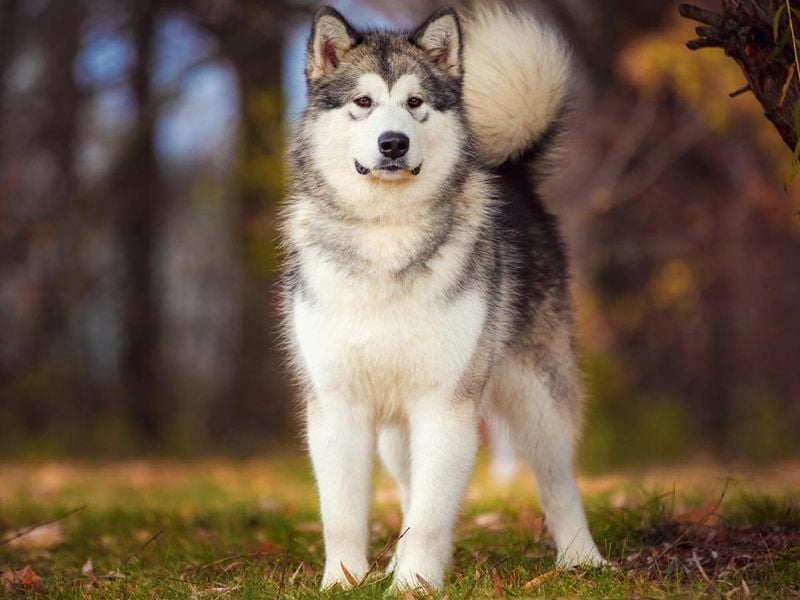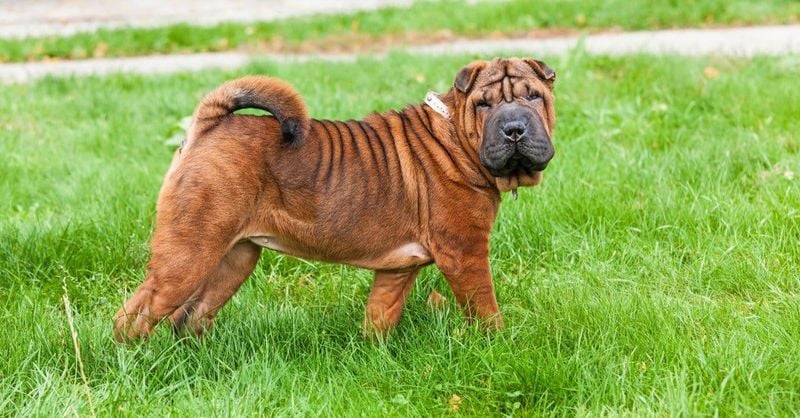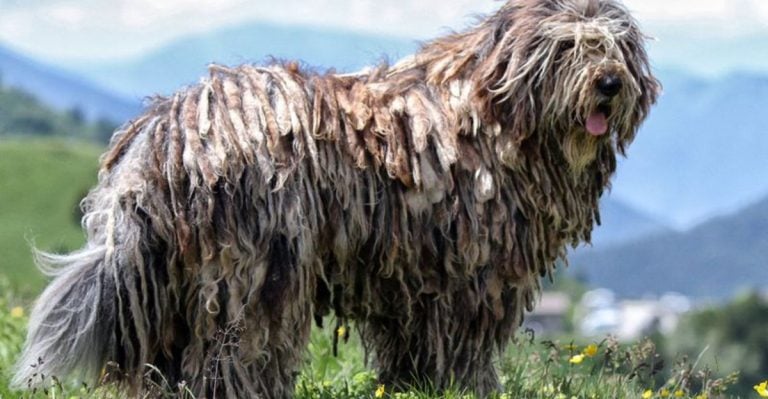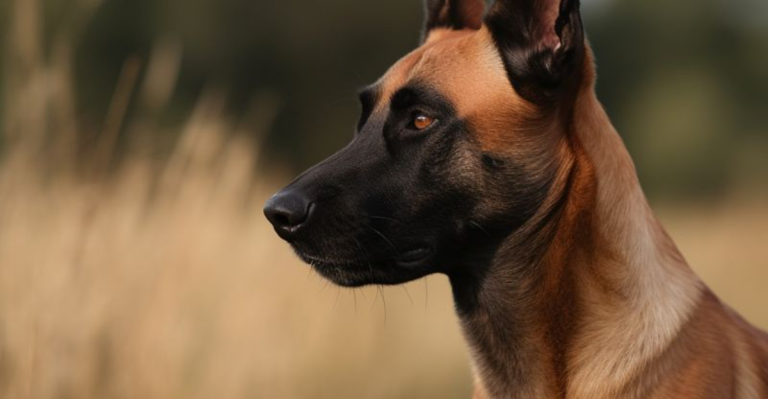10 Dog Breeds with Angelic Behavior—And 7 That’ll Drive You Crazy
Choosing the perfect canine companion means finding a personality that matches your lifestyle. Some dogs bring peace and harmony to your home with their gentle demeanor and eager-to-please attitudes. Others, while equally lovable, may challenge your patience with their high energy, independent nature, or tendency to bark, dig, or chew. While every dog is unique and training plays a huge role in behavior, breed tendencies can offer helpful insight into what life with a certain pup might look like.
Whether you dream of a laid-back buddy to cuddle on the couch or a spirited sidekick to keep you on your toes, it’s important to choose a breed that complements your energy level, experience, and daily routine. Well-matched pairings make for happier pets—and happier people.
In this guide, we’re highlighting 10 dog breeds known for their exceptional behavior—the sweethearts and straight-A students of the dog world—along with 7 breeds that tend to be a bit more… challenging. From the easiest to train to the most likely to redecorate your home with their teeth, these rankings can help you find the perfect (or perfectly imperfect) pup for you.
1. Labrador Retriever: Your Loyal Family Guardian
Labradors top the popularity charts for good reason. These friendly furballs combine intelligence with an eager-to-please attitude that makes training a breeze.
Family-oriented by nature, Labs form strong bonds with children and show remarkable patience during playtime. Their balanced temperament means they’re equally happy lounging on the couch or joining you for outdoor adventures.
Labs adapt well to various living situations as long as they receive proper exercise and mental stimulation. Their food-motivated personality makes them excellent candidates for positive reinforcement training methods.
2. Golden Retriever: The Sunshine Ambassador
Golden Retrievers radiate joy wherever they go. Their signature smile and wagging tail create instant connections with everyone they meet – from toddlers to seniors.
Natural empathy makes Goldens exceptional therapy and service dogs. They sense emotions with uncanny accuracy, offering comfort during difficult times without being asked. Their moderate energy level strikes the perfect balance for active families.
A Golden’s coat requires regular brushing, but their sweet temperament makes grooming sessions feel like bonding time rather than a chore. These dogs rarely show aggression, preferring to solve problems with charm instead of barks.
3. Cavalier King Charles Spaniel: Lap Luxury with Heart
Cavaliers combine royal heritage with everyday affection. These compact companions were bred specifically to warm laps and hearts in equal measure.
Their silky ears and soulful eyes aren’t just for show – Cavaliers genuinely adore human company and suffer when left alone too long. Unlike some small breeds, they rarely show snippy behavior, instead approaching life with quiet dignity and warmth.
Apartment dwellers appreciate their moderate exercise needs and indoor voice. A daily walk and playtime session satisfy their activity requirements. Health-conscious owners should monitor their heart health, as the breed can be prone to cardiac issues.
4. Poodle: The Brilliant Gentleman (or Lady)
Poodles shatter the ‘pretty but empty-headed’ stereotype with their remarkable intelligence. Consistently ranking among the smartest breeds, they solve problems with almost human-like reasoning.
Their hypoallergenic coat makes them suitable for allergy sufferers. Regular grooming maintains their distinctive appearance, which can be styled in various ways beyond the show-ring pompoms. Standard, miniature, or toy – all sizes share the same dignified personality.
Poodles form deep bonds with their families but remain politely reserved with strangers. Their sensitive nature means they respond best to gentle guidance rather than harsh corrections. Athletic and graceful, they excel in dog sports from agility to obedience.
5. Border Collie: The Canine Einstein
Border Collies redefine canine intelligence with their problem-solving abilities. Originally bred to manage livestock through complex commands and signals, they bring that same focused attention to family life.
Their intense gaze—called “the eye”—reveals their remarkable concentration power. These dogs thrive when given jobs to do, whether herding sheep or mastering advanced trick training. Without proper mental challenges, they’ll create their own entertainment—often at your expense!
Loyalty runs deep in Border Collies. They form intense bonds with their handlers and show incredible devotion. Active families who enjoy hiking, running, or dog sports find perfect partners in these energetic, trainable companions.
6. Bichon Frise: The Living Teddy Bear
Bichons bring circus-performer charm into everyday homes. These fluffy white dogs were once entertainers in traveling shows, developing people-pleasing personalities that still shine today.
Their powder-puff appearance hides a surprisingly sturdy constitution. Despite their delicate looks, Bichons approach life with confidence and spunk. Minimal shedding makes them excellent choices for those with allergies.
Separation anxiety can be an issue for these social butterflies who view themselves as full family members. Their natural cheerfulness extends to children, strangers, and other pets. Few dogs match the Bichon’s ability to brighten a room simply by entering it with their characteristic bouncy step.
7. Bernese Mountain Dog: The Gentle Giant
Bernese Mountain Dogs combine impressive size with extraordinary gentleness. Despite weighing up to 115 pounds, they move with surprising grace around even the smallest family members.
Farm heritage gives these tri-colored beauties a strong work ethic. They happily pull carts, carry backpacks on hikes, or simply watch over their families with quiet vigilance. Their thick coats handle cold weather beautifully but require extra care during summer months.
Berners mature slowly, maintaining puppy-like playfulness well into adulthood. Their moderate energy level means they enjoy outdoor activities but don’t demand constant exercise. These dogs form especially strong bonds with children, showing remarkable patience during even the rowdiest playtimes.
8. Boxer: The Playful Protector
Boxers balance playful energy with serious protection instincts. Their expressive faces—complete with wrinkled foreheads and soulful eyes—telegraph their emotions with human-like clarity.
Natural clowns at heart, they maintain puppy-like enthusiasm well into adulthood. Their bouncy play style and patient nature make them exceptional companions for active children. Despite their muscular appearance, Boxers show remarkable gentleness with family members.
Alert watchdogs, they distinguish between genuine threats and normal neighborhood activity. Their short coats require minimal grooming, though they may not tolerate extreme temperatures well. Boxers thrive on inclusion in family activities and suffer when isolated or ignored.
9. Papillon: The Butterfly Genius
Papillons pack big-dog personality into toy-sized packages. Named for their butterfly-like ears, these tiny dynamos combine surprising athletic ability with keen intelligence.
Unlike many small breeds, Papillons rarely show nervous or yappy tendencies. Their confident approach to life makes them excellent travelers and adaptable companions. Despite their delicate appearance, they enjoy outdoor adventures and even excel at dog sports.
Their alert nature makes them effective watchdogs without excessive barking. Papillons form strong bonds with their owners but remain friendly with strangers. Their silky coat requires regular brushing but lacks the heavy maintenance needs of other long-haired breeds.
10. Collie: The Devoted Guardian
Collies earned their legendary status long before Lassie graced television screens. Their intuitive understanding of human emotions makes them exceptional family dogs who seem to anticipate needs before they’re expressed.
Naturally gentle with children, Collies guide and protect without aggression. Their herding background gives them a natural tendency to gather family members, sometimes gently nudging stragglers back to the group. Vocal without being nuisance barkers, they communicate with a range of sounds.
Both rough and smooth coat varieties share the same sweet temperament and dignified bearing. Regular brushing prevents matting in long-coated Collies. These dogs thrive on praise and positive reinforcement, responding poorly to harsh corrections.
Now, let’s take a look at the breeds that tend to be a bit more difficult—lovable, yes, but not without their quirks.
1. Chihuahua: The Tiny Tornado
Chihuahuas pack outsized personality into the smallest canine package. These pint-sized pooches typically weigh under six pounds but carry themselves with the confidence of dogs ten times their size!
Fiercely loyal to their chosen person, Chihuahuas often become one-person dogs who view others with suspicion. Their protective nature can manifest as excessive barking or even nipping when they feel their beloved owner is threatened. Many develop Napoleon complexes, challenging much larger dogs without regard for size difference.
Stubborn streaks make training challenging without consistent boundaries. Housebreaking particularly tests owner patience, as many Chihuahuas resist outdoor potty trips during cold or wet weather. Their long lifespan (15-20 years) means committing to decades of big attitude in a tiny package.
2. Akita: The Majestic Challenger
Akitas command respect with their powerful presence and dignified bearing. Originally bred as hunting and guard dogs in Japan, they approach life with serious determination rather than frivolous playfulness.
Strong-willed and independent, Akitas view training suggestions as optional rather than mandatory. Their stubborn nature challenges even experienced dog owners. Same-sex aggression appears frequently, making multi-dog households particularly tricky to manage.
Loyalty defines the Akita character – they form intense bonds with family members while remaining aloof with strangers. Their natural suspicion requires careful socialization to prevent overprotective behaviors. Heavy shedding (they “blow” their coat twice yearly) creates fur tumbleweeds throughout the home despite regular brushing.
3. Dachshund: The Stubborn Tunneler
Dachshunds bring determination and sass in equal measure. Their name means “badger dog” in German, reflecting their original purpose of flushing badgers from burrows – a job requiring serious courage and tenacity.
That same tenacity makes training a challenge. Dachshunds often respond to commands with a head tilt that seems to ask, “What’s in it for me?” Their hunting instincts trigger intense barking at perceived threats (including delivery trucks, squirrels, or leaves blowing across the yard).
Back problems plague the breed due to their elongated spine. Weight management becomes crucial to prevent injury, yet many Dachshunds display impressive food motivation and begging skills. Their charming personalities often lead owners to overlook behavioral issues that would be corrected in larger breeds.
4. Jack Russell Terrier: The Unstoppable Energy Machine
Jack Russell Terriers redefine canine energy levels. Originally bred for fox hunting, these compact powerhouses approach every day like an Olympic event requiring maximum effort and enthusiasm.
Their hunting drive translates to relentless pursuit of anything that moves – from tennis balls to neighborhood cats. Without proper outlets, they’ll redirect energy into destructive behaviors like furniture chewing or excessive barking. Boredom is their archenemy and your home’s worst nightmare.
Intelligence combined with independence creates training challenges. Jack Russells quickly learn commands but constantly test boundaries to see what they can get away with. Their incredible jumping ability (some can leap five feet vertically from a standing position) makes containing them a serious challenge for unprepared owners.
5. Weimaraner: The Velcro Velociraptor
Weimaraners combine striking silver-gray coats with intense personalities. Nicknamed “gray ghosts” for their distinctive coloring and ability to silently shadow their owners, these dogs take attachment to new levels.
Separation anxiety plagues the breed, manifesting as destructive behaviors when left alone. Their hunting background fuels strong prey drive – small pets like cats or rabbits may be viewed as targets rather than family members. Athletic prowess demands substantial daily exercise to prevent problematic behaviors.
Counter-surfing becomes an art form with their height and ingenuity. Weimaraners easily reach kitchen counters, tables, and sometimes even refrigerator handles! Their intelligence works against owners who don’t provide adequate mental stimulation. These dogs excel at finding creative solutions to boredom – usually involving something valuable or previously intact.
6. Alaskan Malamute: The Stubborn Sled Star
Alaskan Malamutes bring arctic wilderness attitude into suburban homes. These powerful sled dogs were bred for independence – making life-or-death decisions in harsh conditions without human guidance.
That same independence translates to selective hearing when commands conflict with their preferences. Pack-oriented by nature, Malamutes constantly test their position in the family hierarchy. Without clear leadership, they happily assume the alpha role, resulting in stubborn behavior that challenges even experienced owners.
Escape-artist tendencies combine with wanderlust, making secure fencing essential. Their thick double coat creates spectacular shedding events twice yearly, covering furniture, clothing, and food with fur despite regular brushing. Powerful prey drive makes small pet cohabitation risky despite socialization efforts.
7. Shar Pei: The Wrinkled Warrior
Shar Peis bring ancient Chinese heritage wrapped in distinctive wrinkled skin. Originally bred for fighting and guarding, they approach strangers with deep suspicion that borders on hostility without proper socialization.
Aloof and independent, they form strong bonds with family members while remaining indifferent or cautious with others. Their wrinkled faces hide expressions, making their reactions unpredictable to those unfamiliar with the breed. Stubborn streaks challenge training efforts, particularly during adolescence.
Skin problems plague many Shar Peis, requiring special care and sometimes expensive veterinary treatment. Their unique coat feels bristly rather than soft, surprising those expecting a cuddly texture. Early socialization becomes crucial to prevent aggression toward other dogs, as many show same-sex intolerance throughout adulthood.

